The Bugey – in Early Society of Mary History – (Part 1 of 2)
The Bugey
The Bugey region is part of the range of mountains in eastern France between Lyons and Geneva. It is situated in a loop of the Rhone River in the southeast of the Department of Ain. It was in this region that Marists conducted missions in 27 parishes, some of which had no priest at the time, between 1825 and 1829.
Fr Stan Hosie SM’s book, Anonymous Apostle, is a biography of Fr Jean-Claude Colin, the Founder of the Society of Mary. The mission experience is described:
When we consider that each mission went on for thirty days without a break, his output was substantial. During the four years, he conducted 27 (sic) full-scale missions, each lasting a month, numbers of smaller retreats, and many special exercises for the Jubilee Year proclaimed by Pope Leo XII at the end of 1825. Most of his travelling was done on foot through the snow and mud of the mountains. His living conditions were primitive. If there was room in the pastor’s house he stayed there. Otherwise he slept and ate in the local inn. Either situation was fraught with uncertainties. The pastor was often an eccentric bachelor and not easy to live with. It was Colin’s policy that the pastor was always right because no mission could succeed unless it was supported and followed up by the zeal of the Parish priest. Even so his patience was often tried, and Colin remembered pastors who went into tantrums over a broken Mass host or a wrong bell. The village inn had its own problems: vermin and poor food and limited accommodation. Sometimes the three priests had to be content with two small beds. On one occasion, the only bedroom belonged to the landlady, and the shy celibates discovered that she planned to share it with them! 1
Fr Colin saw these days in the Bugey as highly significant in Marist history. The privations were as nothing when he could perceive grace at work, for example, in a man who said, “Wife, give me a rosary. Tonight I cried. Tomorrow I will confess”; or in someone telling him quietly, “Father, I’ve waited 10 years for you to come!”
(Origines Maristes, [OM] 663:4).
“Never were we so joyous. Never did we laugh with such good heart. I have always been nostalgic for that period. They were good times. When we resign ourselves to our circumstances, there might be some physical hardship to put up with, but it is then that we are happiest” (OM 639).
“Look at our first confreres, Fathers Déclas, Humbert, and Jallon. They were humble, straightforward and simple souls. See how the good Lord blessed them. Everything in their lives reflected poverty. We ate with peasants, we slept all together. Their preaching was utterly simple, and the people fell at their feet. We were overwhelmed in the confessional” (Acts of the Chapter of 1870 -1872, p. 152).
The arrival of Etienne Déclas at Cerdon towards the end of October in 1824 to join the Colin brothers, Pierre and Jean-Claude, marked the beginning of the Society of Mary for Pierre. “Today the Society of Mary has begun”, he wrote to Bishop Devie in Belley. The bishop replied that if they wanted to be missionaries, then they should “go to the parishes of the Bugey”.
As was the case with many parishes in France at the time, those of the Bugey had suffered dreadfully during the French Revolution. The revolutionaries had killed or exiled the parish clergy. Priests who remained at their posts had mostly given up hope of ministering effectively.
The Missions in the Bugey Begin in Cerdon
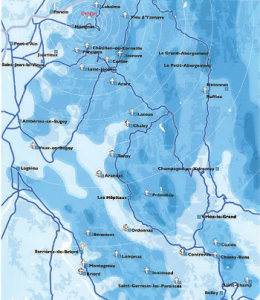 After the Restoration of the Monarchy in 1814, missions in the country areas of France were part of a faith revival. Bishop Devie asked the Marists based at Cerdon to revive the people’s faith in the remote towns and villages in the area.
After the Restoration of the Monarchy in 1814, missions in the country areas of France were part of a faith revival. Bishop Devie asked the Marists based at Cerdon to revive the people’s faith in the remote towns and villages in the area.
Mostly, the Marists called themselves catechists rather than missionaries. The missions involved spending three to four weeks in each village. The first thing they did when they arrived was to visit the church, then the parish priest. They were invariably respectful to the parish priests, making it clear that they were in their parishes to help and support them rather than to take over. Next, they heard the children’s confessions; and the first instruction to the people was an invitation to attend the mission. The first week of sermons were about God’s mercy. Then they spoke about the commandments. They preached about sin when most of the confessions had been heard. Their motto was, “We must win souls by submitting to them”, so they made a point of not criticising those who did not come to the mission. Fr Colin said, “Speak with esteem and respect of those who have not made the mission. Excuse them by attributing their absence to the pressure of business or other responsibilities” (OM, 661:2).
Among the services they led in the course of the mission were a service of atonement; a blessing of children and consecration to Mary; renewal of Baptismal promises; a service for the dead, which entailed processing to the cemetery and a sermon there; planting of a Mission Cross; and a farewell to the missioners.
The only time of year which was suitable for missions was during winter, when farmers and their animals were confined indoors. All of these villages were 500 metres above sea level, and some 1000 metres; most were under snow from November to March.
Up until 1829, the Marists who delivered the missions were Frs Jean-Claude Colin, Etienne Déclas, Antoine Jallon and Jean-Marie Humbert, sometimes helped by Pierre Colin. It is possible to identify 27 missions, as well as a number of Jubilee missions and retreats, conducted by the Marists.
Speaking at table to young priests on 20 January 1849, Fr Colin said, “No, I know no greater pleasure. No, there is nothing on earth to compare with the happiness of a priest who sees souls loaded down with sins coming to throw themselves tearfully at his feet, with contrition in their hearts, and then getting up drunk, crazy with joy, to the point of meeting their confessor in the street and kissing his feet even in the mud, as happened to me during a mission”.
The missioners lived often in dilapidated presbyteries and ministered in unheated churches. Fr Colin would later say, “never was life so difficult, yet never were we happier”.
While they were based in Cerdon, they preached missions at La Balme in January 1825; Corlier, February; and Izenave in March. In June of the same year, Bishop Devie moved the Marist group to the minor seminary in Belley.
La Balme
This mission was preached by Fr Jean-Claude Colin and Fr Etienne Déclas. La Balme is about 2 kilometres uphill from Cerdon on the road from Lyons to Geneva, with a population of 434 in 1832. Fr Colin was entertained by the spectacle of Fr Déclas struggling up the steep slope each morning while praying his breviary. They gave instructions morning and evening, called on families, taught the children their catechism and celebrated Mass. After the evening instruction they headed back down the hill to Cerdon.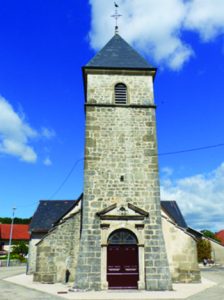
Fr Déclas was a bad speaker. He made so many mistakes that Fr Colin could not, at first, bear to listen to him. “But then I realised something else: despite Déclas’ mistakes in French, God blessed the preaching” (OM 2:468). Déclas became known as the “apostle of the Bugey”.
Corlier
Corlier was a small place associated with the nearby parish of Izenave, where the parish priest was Antoine Jallon, reputed to be the most scholarly priest in the diocese. Fr Jallon had taught Fr Colin in the minor seminary at Saint-Jodard and had been a contemporary of Pierre Colin at St Irenaeus Seminary in Lyons. Colin was accompanied by Jallon, whose eyes were so bad that he did not realise he was preaching to an empty church. Colin said, “You’re lucky you are so short sighted. It doesn’t matter to you whether the church is full or empty” (Hosie p. 88). On the second day of the mission a few people sat at the back of the church. The preachers kept at their task. Before the first week was over, the church was packed, and many people in the area came back to the faith.
Izenave
This village is about 8 km from Cerdon in a straight line. It seems they went there after the mission in Corlier, at the request of Fr Jallon, the parish priest. It is possible that Fr Déclas suggested to Jallon at this time that he become a Marist. Subsequently, he did. The Society of Mary had truly begun.
1 (Origines Maristes [OM] 639:2) Hosie. pp. 89-90
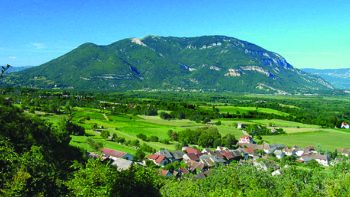
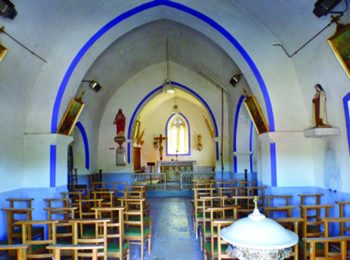
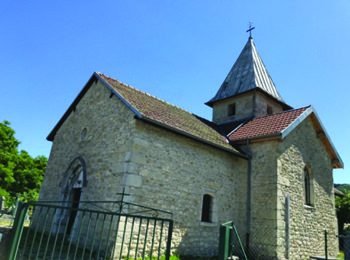
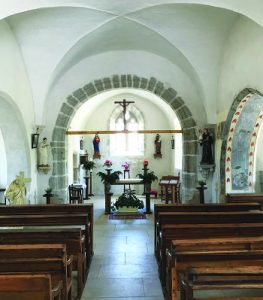
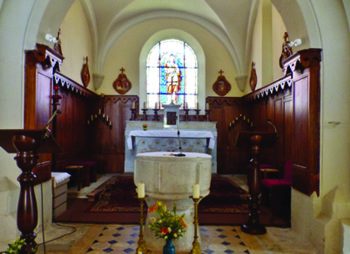
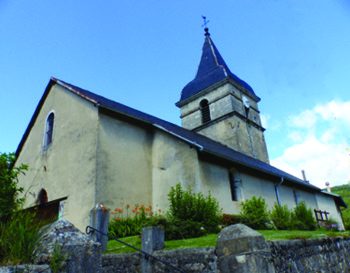
 Entries(RSS)
Entries(RSS)